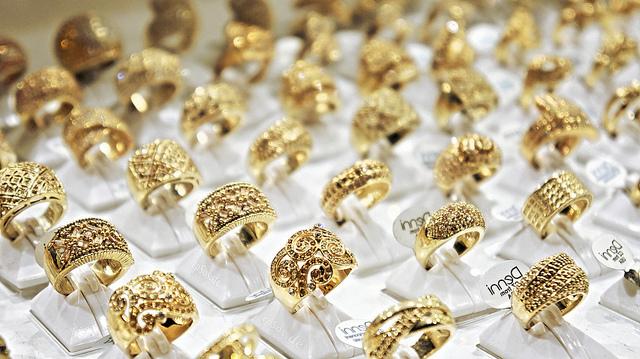From a cursory glance at the magazine racks at your local newsagent, it might appear that we have become almost obsessed with luxury. Glossy magazines sport covers dripping with deluxe clothing and goods, expensive cars, fancy apartments. Newspapers like such as the U.K.’s Financial Times and Telegraph have regular features and even a website dedicated to luxury, where it is associated with a breadth of different products and services from art, travel, design, fashion, lifestyle, and even technology.
In June, the Financial Times will host a Business of Luxury Summit, emphasising the significant role luxury plays within the world economy. Over the past decade the effects of globalization and the rapid growth of emerging nations has brought further opportunities for luxury brands as new markets open up to them. There is now a host of new consumers for luxury goods, and so a corresponding increase in interpretations of its meaning.
So what better time to stage an exhibition interrogating the luxurious? Enter the V&A’s new show What is Luxury?





